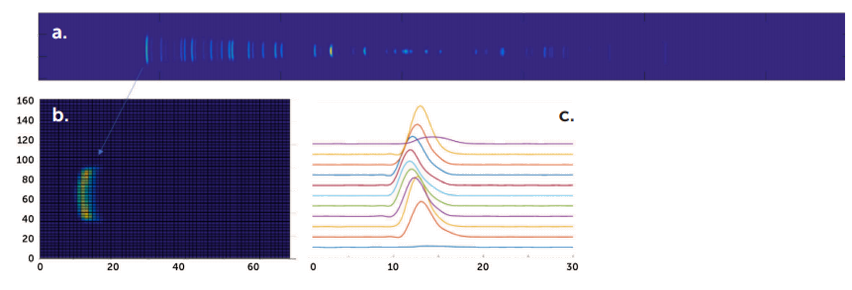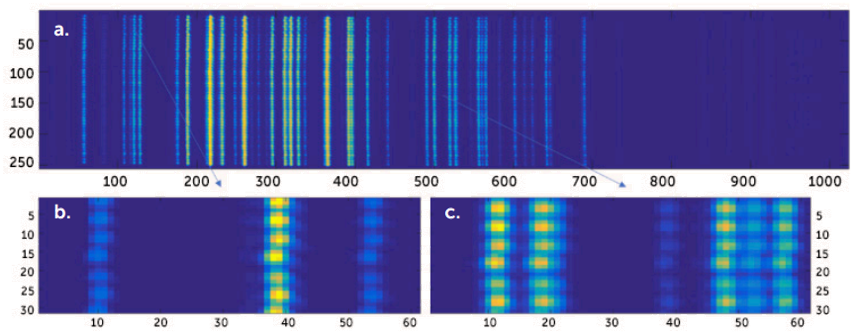Introduction
The Czerny–Turner (CT) spectrograph has been the cornerstone of spectroscopic technology in part due to a simple design that incorporates three key optical elements: a spherical collimation mirror, a plano dispersion grating, and a spherical focusing mirror.
The use of spherical optics and a plano grating, however, inevitably introduces optical aberrations. The three most critical aberrations associated with the classical CT design are described below:
» Spherical aberration: Collimated light rays are focused at different points on the optical axis depending on the distance from the optical axis of the spherical mirror.
» Coma: Off-axis light rays are focused at different points on the focal plane with different magnifications.
» Astigmatism: Off-axis light rays are focused at different focal distances.
In its early days, the CT system was employed primarily as a monochromator with entrance and exit pinhole slits and a single element detector. A motorized grating was utilized to scan over the spectral range needed. Because the monochromator was always operated in on-axis mode, the coma and astigmatism aberrations were negligible. The on-axis spherical aberration could also be compensated for by using a smaller aperture.
The development of modern detector technology, especially array/imaging detectors, made it possible to capture the entire spectrum in a single exposure with a fixed grating. A large format 2D detector utilized in concert with a tall slit can greatly improve a CT system’s light throughput and spectral collection rate. The system becomes more robust by eliminating the need for moving parts. Unfortunately, the aberration effects become more noticeable, particularly for off-axis light rays.
Both the spectral and spatial resolution degradation in the classical CT spectrograph design cause not only a reduced signal-to-noise ratio (SNR) of the spectrum but also distortion of the spectral peaks and features. Since the point spread function (PSF) is a complex function of the geometrical positions and the wavelengths of light rays, the degradation is non-uniform across the detector and the spectral range.
Starting in the 1960s, many aberration-correction designs were proposed and implemented. Such attempts included creating a flatfield spectrograph by optimizing the relative orientation of the detector, using toroidal instead of spherical mirrors, and using a holographically recorded concave grating. Success was limited at best.
Recently, a true aberration-free spectrograph, known as the IsoPlane® 81 (previously FERGIE®), was introduced by Teledyne Princeton Instruments. In order to eliminate coma and astigmatism at all wavelengths, this new spectrograph’s entire optical train was designed via computer-aided optimization with constraints to ensure the manufacturability of the system’s optics. The system features a built-in 1024×256 deep-cooled CCD detector that is matched to the 3 mm tall entrance slit. Advantages of the IsoPlane® 81 over classical and modified CT systems include but are not limited to the following:
» Uniform spectral and spatial resolution at all wavelengths
» Highest light-coupling efficiency using a tall entrance slit or a linear-to-round fiber bundle
» Superior performance for multiplexed or hyperspectral imaging measurements with minimal crosstalk between channels
With a focal length of just 80 mm, the IsoPlane® 81 imaging spectrograph’s overall performance is comparable to (or better than) many much larger benchtop systems thanks to its aberration free characteristics. Compare the data presented in Figure 1 (CT) with that presented in Figure 2 (IsoPlane 81).


References
- Czerny, M. & Turner, A.F. Z. Physik (1930) 61: 792. https://doi.org/10.1007/BF01340206
